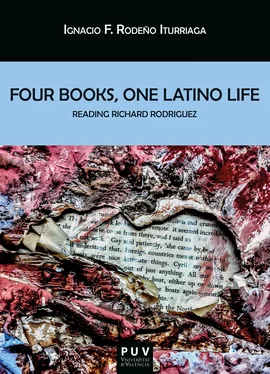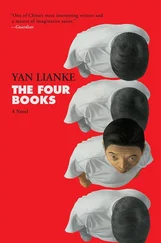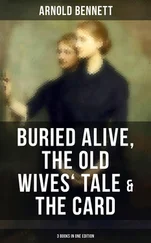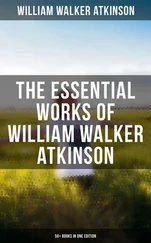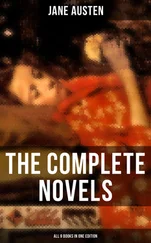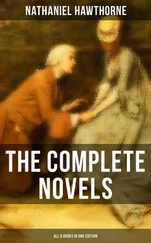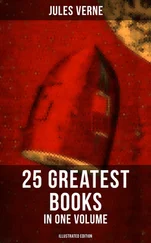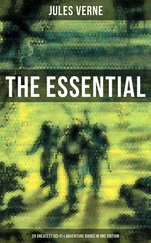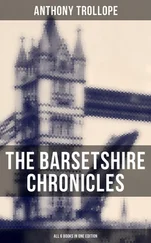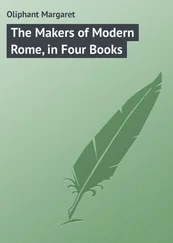Among the narratives of the self-penned by Puerto Ricans in the continental US, one must mention Pachín Marín’s “Nueva York por dentro,” which appeared in 1892 in the New York newspaper La gaceta del pueblo . Las memorias de Bernardo Vega , published posthumously in 1977, is another seminal life narrative that describes the life of Puerto Ricans in New York at the beginning of the 20 thcentury, and the importance of tobacco workers in the political and social life of both the homeland and the US. Similarly, Jesús Colón collected a series of personal short narratives in A Puerto Rican in New York and Other Sketches (1961), which garnered greater attention after critic Juan Flores published a new edition in 1982. William Carlos Williams explores the ambivalence of his ancestry -–his father was British while his mother was Puerto Rican, and he himself grew up in the West Indies– in his Autobiography (1951). Perhaps one of the most popular autobiographies by a Nuyorican is Piri Thomas’s Down These Mean Streets (1967) a Bildungsroman about a life amidst racism, marginality, and displacement. He followed this text with two other personal narratives Saviour, Saviour, Hold My Hand (1972) and Seven Long Times (1974). Tato Laviera’s AmeRícan (1985), Miguel Piñero’s La Bodega Sold Dreams (1980), and Sandra María Esteves’ Yerba Buena: Dibujos y poemas (1980) are central autobiographical texts by writers of the Nuyorican Poets Café. Martín Espada’s poetry often combines autobiography with struggle and resistance; among his autobiographical poems “Revolutionary Spanish Lessons,” “Niggerlips” from Rebellion is the Circle in a Lover’s Hands (1990), and “My Name is Espada” from A Mayan Astronomer in Hell’s Kitchen (2000) can be listed. Essential to autobiographical poetry is the popular “Ending Poem” included in Getting Home Alive (1986) written by both Rosario Morales and Aurora Levins Morales, mother and daughter, where they explore their Latina identity. Among other life narratives by women writers, mention must be made of Judith Ortiz Cofer’s Silent Dancing (1990), Esmeralda Santiago’s When I Was Puerto Rican (1994), Nicholasa Mohr’s Growing Up inside the Sanctuary of My Imagination (1994).
Among the Cuban-American authors, the following life writings must be acknowledged: Pablo Medina’s Pork Rind and Cuban Songs (1975) and Exiled Memories: A Cuban Childhood (1990), Achy Obejas’ collection of stories We Came All The Way From Cuba So You Could Dress Like This? (1994) in which the writer blends memoir with essay, Virgil Suarez’s Spared Angola: Memories from a Cuban-American Childhood (1997) that combines poetry, fiction, and essays in a remembrance of childhood, violence, and loss. Richard Blanco’s first collection of poetry, under the title City of a Hundred Fires (1998), draws on this Madrid-born Cuban-American’s upbringing in Miami and describes the tensions growing up as a Latino immigrant, a child of working-class exiles. He is better known for another autobiographical poem, “One Today” which he read at the 2013 Obama Presidential Inauguration, being the first Latino writer to be invited to read at a U.S. Presidential Inauguration ceremony. Most recently, he has published his prose autobiography: The Prince of Los Cocuyos: A Miami Childhood (2014).
Playwright María Irene Fornés explored her Cuban heritage in her play Letters from Cuba (2000), based on the more than two hundred letters she received from her elder brother, who remained in the island. This divide is also explored in My Father Sings, To My Embarrassment (2002) by Sandra M. Castillo, who writes of her childhood memories in Cuba and the shared anguish of those who left and those who stayed.
Also in 2002, Ruth Behar explores issues of identity in her autobiographical documentary for television Adio Kerida: Goodbye My Dear Love . Behar has created in her literature a voice that represents herself and her subject: a woman who has been culturally translated. As a Cuban Jew, Behar has continued to explore what she calls ‘Jubanidad’ in her book An Island Called Home: Returning to a Jewish Cuba (2007), an autobiographical text that incorporates photography, continuing in the contemporary trend of blurring borders between autobiography and other genres. In 2013, Behar penned Traveling Heavy: A Memoir in between Journeys , where displacement is the motif that allows the writer to relate her memories of Cuba, Spain, Poland, … Another writer who has explored his Jewish Cuban roots is José Kozer in Una huella destartalada: diarios (2003).
An example of how autobiography in the 21 stcentury is blurring the once clear distinction between literary genres is Carlos M. Eire’s Waiting for Snow in Havana: Confessions of a Cuban Boy (2003). While the author conceived the text as a novel, the publisher released it as a memoir, eventually winning the 2003 National Book Award in the nonfiction category. Cuban-Americans continue to publish narratives of the self in our decade: Enrique del Risco issued Siempre nos quedará Madrid (2012), his personal account about leaving Cuba for Spain, and his subsequent arrival in the United States. The works of Richard Blanco have already been pointed out.
Among the Dominican American writers, one should highlight Julia Álvarez’s Something To Declare (1998), a text that, again, blurs the limits between autobiography and essay. These literary canons are by no means exhaustive, but they aim to be a brief representation of how life writing is an important part of the literary traditions of the most relevant communities in U.S. Latino letters.
The writings of the self have served Latinos, and Mexican-Americans and Chicanos specifically, to establish an identity within the U.S. and to build a sense of community during much of the 19 thand 20 thcenturies. This group-conscience building might have been more apparent during the Civil Rights Movement, but it does extend back to the times of the Guadalupe Hidalgo Treaty and stretches up to our times.
Mapping the genre
Undoubtedly autobiography exists and, subsequently, one must wonder what constitutes the genre, formally speaking. As Virginia Woolf states in a 1935 letter to her nephew Julian Bell: “… all we can do is to herd books into groups…and thus we get English literature into A B C; one, two, three; and lose all sense of what it’s about.” (Bell 173n) In our impulse to classify into groups, define and categorize, sometimes a definition that obscures the defined is constructed, thus becoming moot.
As it has been observed, autobiography is a textual expression that has been solidly established for several centuries already, although recognition as a literary genre did not occur until the twentieth century. In part, this lack of recognition as literature –and hence, as a literary genre– stems from it not being granted aesthetic value. Elizabeth Bruss puts forward that the only effective definition would be one that reflects a literary category that can be experienced as something that constrains or directs the acts of reading and writing and allows both reader and writer an interpretation of their actions (1).
In order to become a genre, a literary text must comprise recognizable features, and the roles and purposes that make up said text must be relatively stable within a community of readers and writers. In this way, a genre is similar to Merleau-Ponty’s notion of institution: “those events in experience which endow it with durable dimensions, in relation to which a whole series of other experiences will acquire meaning, will form an intelligible series or a history.” (40) In this sense, a literary genre –in our case autobiography as a genre– depends on the organizing nature of human beings.
Читать дальше
